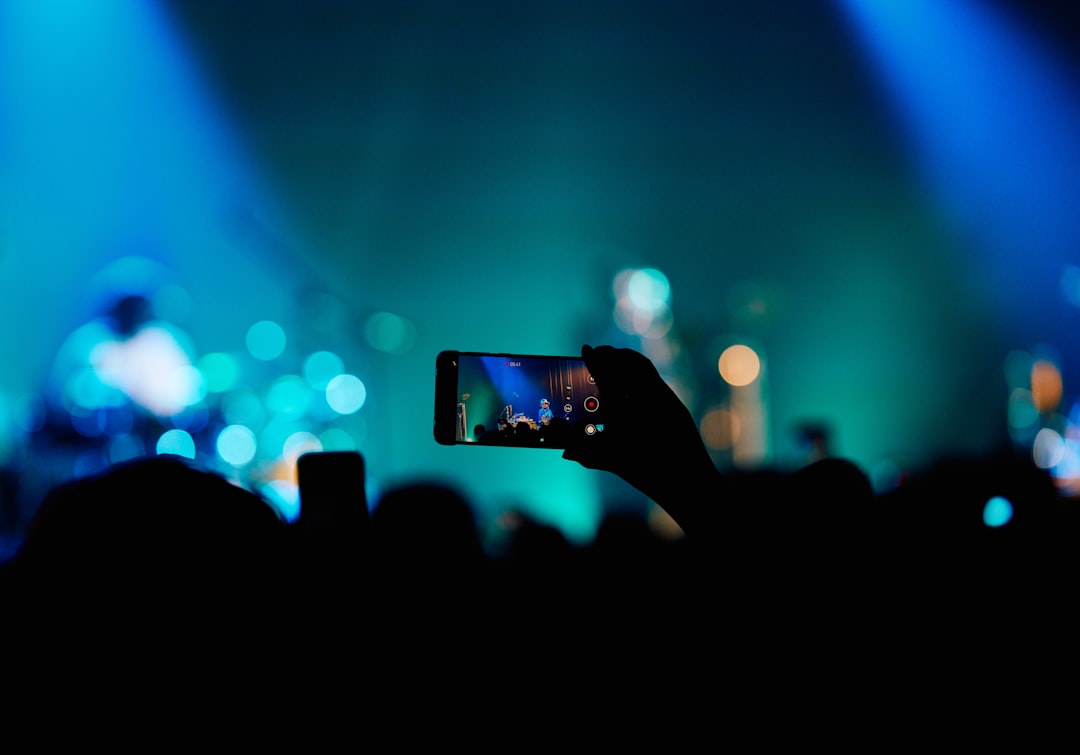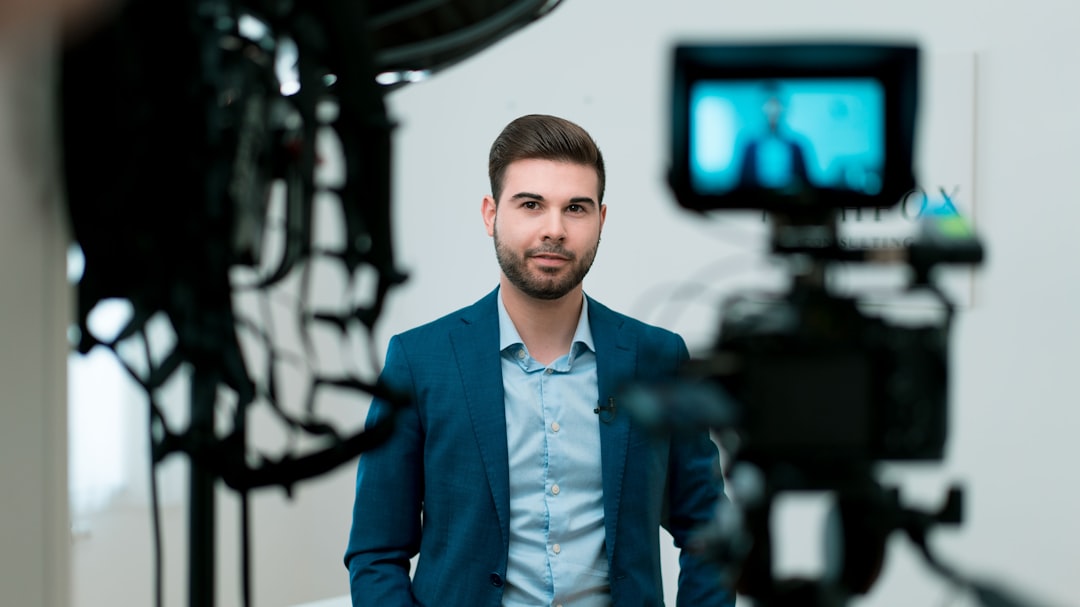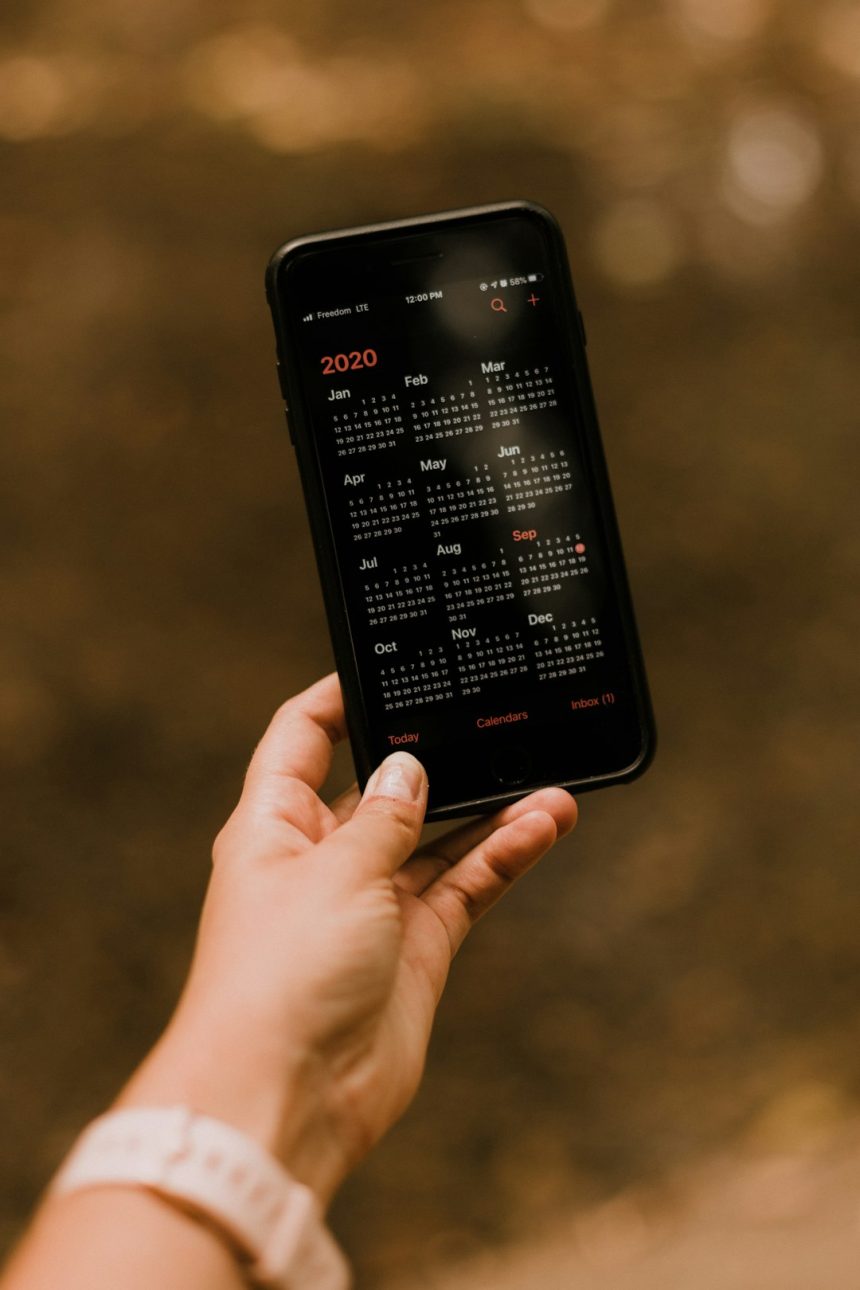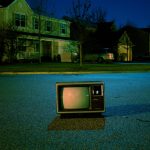In today’s digital age, technology plays a crucial role in almost every aspect of our lives, including our sleep health. While advancements in technology have brought numerous benefits, they have also introduced challenges that can negatively impact the quality of our sleep. From blue light exposure to the constant need to check notifications, technology influences our sleep in ways we often overlook.
The Impact of Technology on Sleep Health
Understanding the ways in which technology affects our sleep can help us make informed decisions about our habits and improve our overall well-being. Below are six key ways in which technology influences our sleep and what we can do to minimize its negative effects.
1. Increased Exposure to Blue Light
One of the biggest culprits of sleep disruption is the blue light emitted by screens on smartphones, tablets, laptops, and televisions. This type of light interferes with the body’s natural production of melatonin, the hormone responsible for regulating sleep.
- Blue light suppresses melatonin: This makes it harder to fall asleep and stay asleep throughout the night.
- Disrupts circadian rhythms: Exposure to blue light in the evening can shift your internal body clock, leading to irregular sleep patterns.
To reduce blue light exposure, consider using blue light filters on your devices, switching to night mode in the evening, or reducing screen time before bed.
2. Stimulation and Overactivity
Technology keeps our minds engaged and active. Whether it’s engaging in social media, playing video games, or watching intense TV shows, stimulating content right before bed can make it difficult to relax and unwind.
- Checking emails or messages at night can create stress and anxiety, making it harder to drift off to sleep.
- Watching fast-paced or emotionally charged content can increase heart rate and delay the body’s natural transition to rest.
To promote relaxation, consider setting limits on screen time in the hour before bed and engaging in calm activities such as reading or meditation.
3. Disruption from Notifications and Alerts
Smartphones and other digital devices tend to be a constant source of interruptions, even during sleep hours. Notifications, messages, and calls can break sleep cycles and lead to fragmented rest.

To minimize these disruptions:
- Enable Do Not Disturb mode while sleeping.
- Keep your phone in another room or set it to silent mode before bed.
- Consider using a traditional alarm clock instead of your phone.
4. Reduced Physical Activity
With increasing dependence on technology, many individuals find themselves leading a more sedentary lifestyle. Excessive screen time often replaces physical activities that help improve sleep, such as exercise and outdoor activities.
- Lack of exercise: Physical activity plays a key role in maintaining a healthy sleep cycle. A lack of movement during the day can lead to difficulty falling asleep at night.
- More screen time, less sunlight: Spending time in natural daylight helps regulate circadian rhythms, but heavy technology use indoors can reduce exposure to natural light.
To counteract this, make an effort to include regular exercise and spend time outdoors each day.
5. Exposure to EMF (Electromagnetic Fields)
Electronic devices emit low levels of electromagnetic fields (EMFs), which some studies suggest may contribute to sleep disturbances. While research is still ongoing, minimizing exposure to EMFs during sleep is becoming a common practice.

Ways to reduce EMF exposure include:
- Keeping electronic devices away from your bed.
- Turning off Wi-Fi routers at night.
- Using wired connections instead of wireless when possible.
6. Delayed Bedtime Habits
Technology can often keep us awake long past the time we should be sleeping. Binge-watching TV shows, scrolling through social media, or playing video games can make it easy to ignore natural sleep cues.
- Streaming content and autoplay features encourage prolonged screen time.
- Social media platforms are designed to be engaging, making it hard to stop scrolling.
Setting a consistent bedtime and using apps that remind you to wind down can help improve sleep hygiene.
Conclusion
While technology has greatly enhanced many aspects of daily life, its effect on sleep quality cannot be ignored. By understanding these six ways in which technology interferes with sleep and taking proactive steps to reduce its negative impact, individuals can improve their sleep patterns and overall health.
Limiting screen time before bed, using blue light filters, engaging in relaxing activities, and creating a technology-free sleep environment are all practical steps toward better rest. Achieving quality sleep is essential for both physical and mental well-being, and making small changes in technology use can have a significant positive impact on health.


